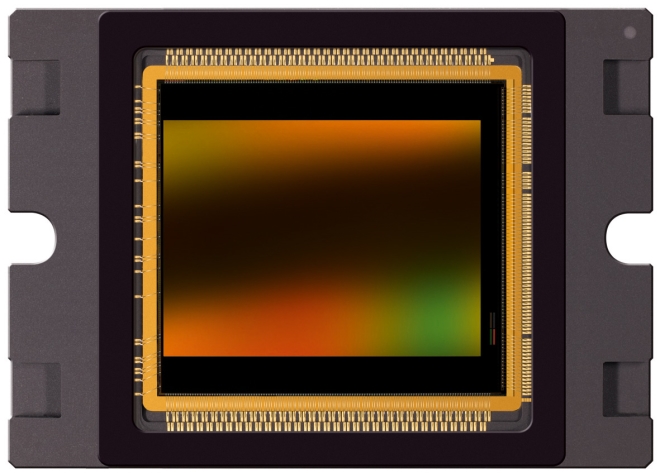Antwerp, Belgium / Yokohama, Japan, 15 Nov. 2013 – CMOSIS, the leading European supplier of advanced CMOS image sensors, is demonstrating its 12-Megapixel/300 fps CMOS image sensor CMV12000, which is now available in sample quantities. High volume production will ramp up from June 2014 onwards. The CMV12000 excels current market solutions with a combination of excellent global shuttering with a stunning 300 fps at full resolution serving a broad range of applications like broadcasting, intelligent traffic solutions, machine vision and motion capture.. At ITE 2013, CMOSIS exhibits in the Pacifico Yokohama, Booth 87.
CMOSIS, a leading supplier of advanced CMOS image sensors comes to this year's International Technical Exhibition on Image Technology (ITE) displaying and demonstrating its comprehensive portfolio of advanced CMOS image sensors. Outstanding in CMOSIS' portfolio is the newly upgraded version of the proven CMV 12000, which was first announced in 2010. The current version of the CMV12000 offering 150 fps is in full volume production. The new version operates at an unparalleled frame rate of 300 fps. Volume production will ramp up towards the end of second quarter of 2014. Engineering samples will be available for purchase in February of the same year.
CMOSIS' CMV12000 targets a broad range of demanding applications in the areas of process automation and motion control, the rapidly developing 4K HD TV broadcasting environment, as well as vision-supported traffic management systems. These applications require high frame rates and a broad dynamic range to capture fast moving events, often under unfavourable lighting conditions. The 12-Megapixel image sensor CMV12000, featuring a high dynamic range coupled with its global shutter operation, is excellently suited for such demanding situations. CMV12000 offers 8, 10 and 12 bit resolution. The 300 full frames of 4,096 x 3,072 pixels per second is offered in 10 bit mode.
"We are most happy to have finally achieved the outstanding performance of the CMV12000 in terms of its exceptionally high frame rate of 300 fps," said Lou Hermans, Chief Operating Officer, CMOSIS. "Our strong technology focus and dedication to this development enables us to continue to offer new or improved CMOS sensor products on a regular basis.."
The CMV 12000 product features 5.5 x 5.5 µm pixels laid out in a high-resolution 4096 x 3072 matrix covering superHD (4k) resolution in an APS-C optical format. Using the patented 8T pixels the sensor offers high sensitivity and low noise and global shutter.
The 300 full frames per second are achieved by using 64 LVDS outputs running at 600 Mbit/s each. Lower frame rates can be supported by multiplexing to fewer output channels. Partial read out, windowing and subsamples modes, can be programmed to support higher frame rates. At full resolution and frame rate, the power dissipation is 3W. This power consumption can be dynamically controlled when lower frame rates are used.
Driving and programming the on-chip features such as HDR (High Dynamic Range) modes, offset and gain programming and power dissipation control is done over a 3-wire read-write SPI control.
Both monochrome and RGB colored variants of the CMV12000 image sensor are in production today. It is housed in a ceramic 247-pins uPGA package and can be operated in the -30 to +70 ºC temperature range. This extended temperature range makes the CMV12000 perfectly suited for most demanding and robust industrial applications.
About CMOSIS
CMOSIS is a pure-play supplier of standard off-the-shelf and application-specific CMOS image sensors for the industrial and professional market covering applications such as machine vision, scientific, medical, automatic data capture and space. Founded in 2007 as a fabless CMOS image sensor vendor CMOSIS provides standard off-the-shelf and turn-key solutions to customers based on in-house design, characterization and qualification facilities for research, development and volume production. CMOSIS currently employs more than 60 people and is headquartered in Antwerp, Belgium.

ITE 2013, Japan: CMOSIS Shows Upgraded CMV12000 Offering 300 fps at Full resolution

CMOSIS CMV12000













